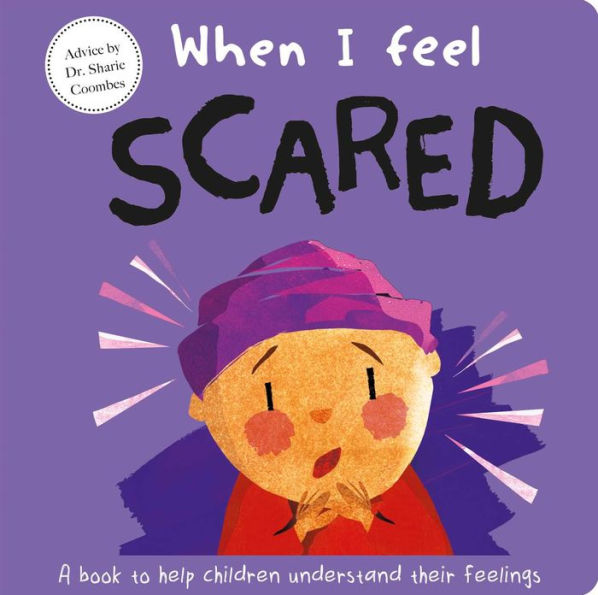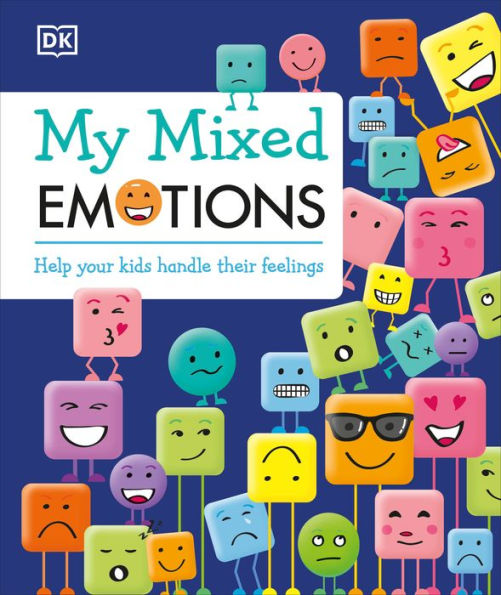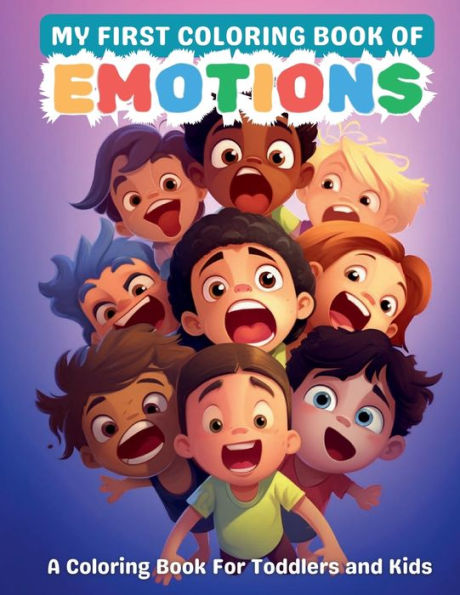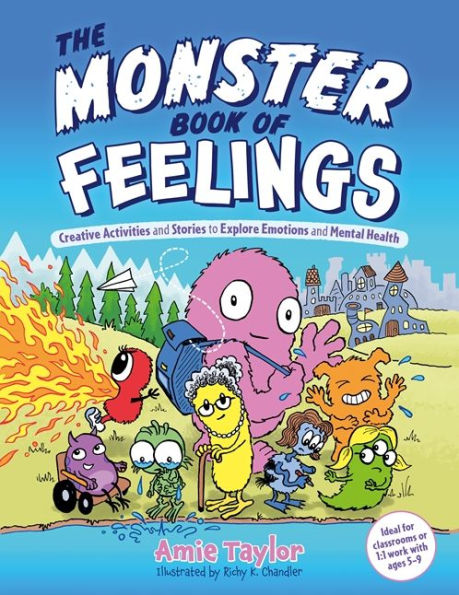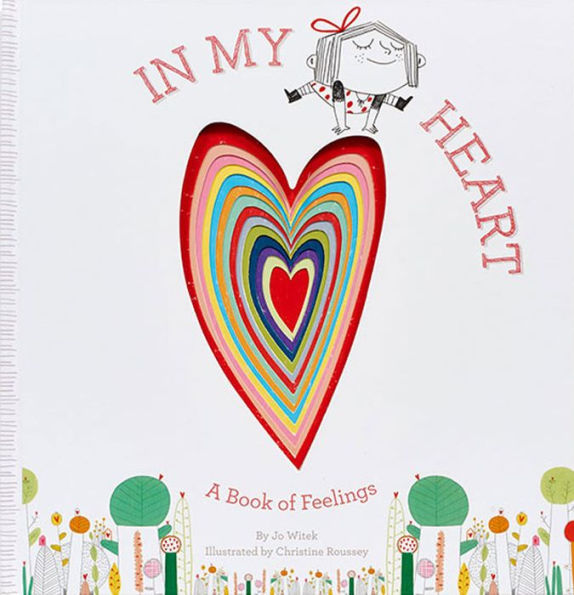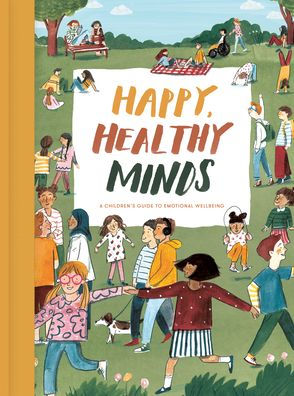Home
Talking About Feelings: A book to assist adults in helping children unpack, understand and manage their feelings and emotions
Loading Inventory...
Barnes and Noble
Talking About Feelings: A book to assist adults in helping children unpack, understand and manage their feelings and emotions
Current price: $10.94


Barnes and Noble
Talking About Feelings: A book to assist adults in helping children unpack, understand and manage their feelings and emotions
Current price: $10.94
Loading Inventory...
Size: OS
*Product Information may vary - to confirm product availability, pricing, and additional information please contact Barnes and Noble
The aim of this book is to assist adults in helping children unpack, understand and manage their feelings and emotions in an engaging and interactive way. This book can be used by parents, caregivers, teachers and/or health professionals who may have specific concerns about a child, or who simply wish to 'check in' to see how their child is fairing, and is an ideal addition to their 'toolkit'. I strongly suggest using this book over a number of sessions, working through it slowly and at the child's pace; ensuring they have sufficient time to respond. This book should be thought of as a series of stimuli designed to initiate discussions about the child's feelings. It is NOT a series of questions that must be answered in a linear way. Be prepared to stop and listen to the child and be flexible in the use of this book. It is also important that the adult is an active listener, i.e. taking the time to 'hear' what the child may be trying to convey. Children, particularly young children, do not have the vocabulary or the experience to draw upon to express exactly how they are feeling. This book has been designed to assist parents, caregivers, teachers and health professionals to help children understand what they are feeling and why they might feel that way, and to encourage them to talk about and describe their feelings and emotions in a non-pressured, guided and safe environment. The questions in this book are suggestions only. The adult who is using this book with the child needs to follow the child's lead in order to have a meaningful and authentic discussion. Talking about challenging emotions and accumulating a ready bank of 'feeling' words helps a child to better express their emotions rather than act them out through negative behaviours. Providing children with the skills and words to express their feelings is key to helping them move forward in a positive way. Before using this book with a child, please familiarise yourself with the entire contents, and read 'Using this Book' on pages 37-39 so you are familiar with the questions and format.
Using this Book The following ideas and questions are a guide only. In order to have an authentic discussion between the child and yourself, try to follow their lead. Encourage them to keep talking if they wish to discuss a particular aspect or section of the book. Also don't be afraid to ask your own questions, if they seem appropriate, regarding the direction the child is taking the discussion. This book is by no means rigid in its format. It has been designed to be flexible to suit the needs of the child and their own unique experiences. If there is silence after a question, allow the child time and space to say how they are really feeling. Try to avoid leading them; otherwise, there is a possibility they may answer in a way they believe you want them to respond. Ultimately, this book and the discussion it generates will give children the confidence to understand and express their feeling in their own unique way.
Options for use 1. Read and discuss the complete book with the child over one session. This option can only work if the child is allowed to break when required and there is no pressure. 2. Read and discuss the complete book with the child over a number of sessions, ie break the discussion when a pause organically develops. 3. Revisit pages 16 to 25 with the child (the explanation on page 24 could be left out) if the complete book has been read at another time. This might be because you are worried about a child, and you are trying to find out what is troubling them. Note: these pages have a green boarder. 4. Use pages 16 to 21 as a simple conversation starter with the child, ie 'checking in' with them to see if they are doing 'okay'.
Pages 34-37 feature in-depth discussion questions to assist in the use of this book.


